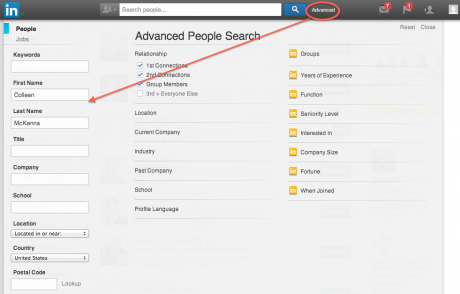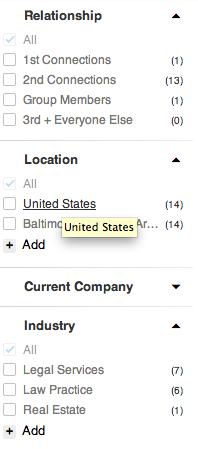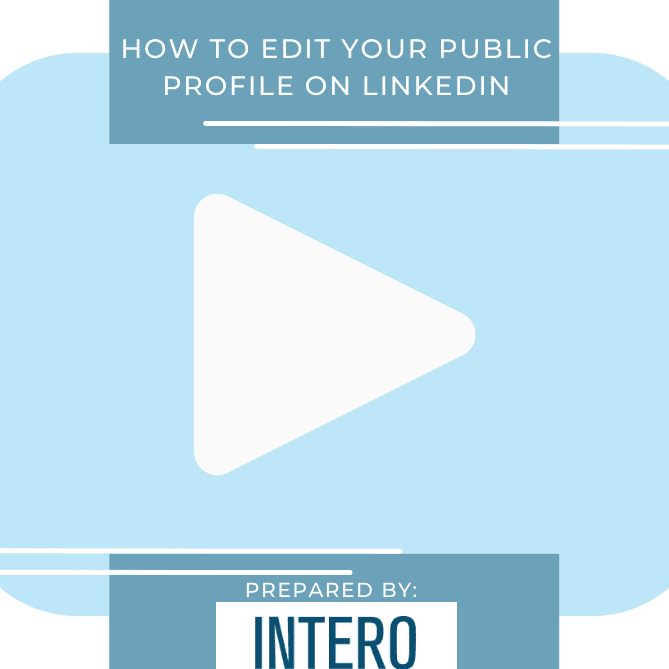I share two ideas rather relentlessly. Personalize your invitations and messages, and opportunities are people. Do more personalizing and more opportunity/people development, and you will find success on LinkedIn.
A great way of doing this is sitting down with some of your influencers (go to LinkedIn Labs and create an InMaps and note who has the largest circles, they are some of your influencers) and intentionally name some of the people you would like to meet and WHY. Include the why, people can provide better introductions for you when they know what you want to discuss with the other person.
Depending on how you choose to connect on LinkedIn, you should think about networking intentionally. Know what you want to accomplish when you talk to someone, and help others by saying, “I know 3 people who do something that can help you and here they are.” It’s more helpful than just saying, “Take a look through my network.”
People want to make introductions that bring value to all involved. If someone is kind enough to introduce you, try to bring immediate value to the person you are meeting.
If you are going to network intentionally on LinkedIn, consider doing the following:
- Make sure you are connected to the people you know well. Sometimes we think we are connected to our colleagues only to find out we aren’t.
- Review your shared connections. You may know someone better than they do and you can provide insight or know how that will help your networking companion create a better opportunity.
The first example shows that one of my first level connections and I have 227 shared connections and the second 94 shared connections. In both cases there is a great opportunity of learning more about my current network.
![]()

Beyond seeing your shared or common connections you can see the EXACT number of current connections your 1st level connections have. Yes, the exact number not just 500+. How?
Click Advanced on the top navigation bar and add their name to in the Advanced Search fields, then click Search.

You will then see the total number of connections, the person’s name and then a list of all their Connections

This only works if your first level connection has an “open network.” Remember, your network is either open, viewable to all of your first level connections, or it’s closed, viewable to only you. If you do the search above and all you see are your shared connections and “Similar,” they have a closed network. You can still ask this person for introductions and network with them, it will just involve different effort and activity.
Notice in the first example below this person has a closed network and in the second the person has an open network. I can click on the 500+ hyperlink and see all of his connections.
Example 1:![]()
Example 2:![]()
Oh, and one more suggestion. If someone has a large network, it can be a bit overwhelming to look through more than 500 connections. Use your left column filter and begin to distill the network by Group Members, location, current company, industry and many others (depending on your LinkedIn membership level). Filters are a great way to make sense of networks, yours and your 1st level connections’.
Please note if you have a TeamLink account in your company you will be able to see within a colleague’s network unless they have changed their settings.
Don’t be lazy on LinkedIn. Uncover the people who can connect you to the right people. One of your goals should be to connect with some others who have a large network and are natural connectors. If you are in a structured networking group like BNI or a similar leads group, make this an exercise you take seriously especially if you meet one-to-one within your group. If your networking is not so structured, consider incorporating an intentional LinkedIn approach to your usual networking practices. Remember to be a good social citizen and be the person who initiates introductions within your network. Let us know how your intentional networking goes.







